release time:2025-02-21 09:22:27
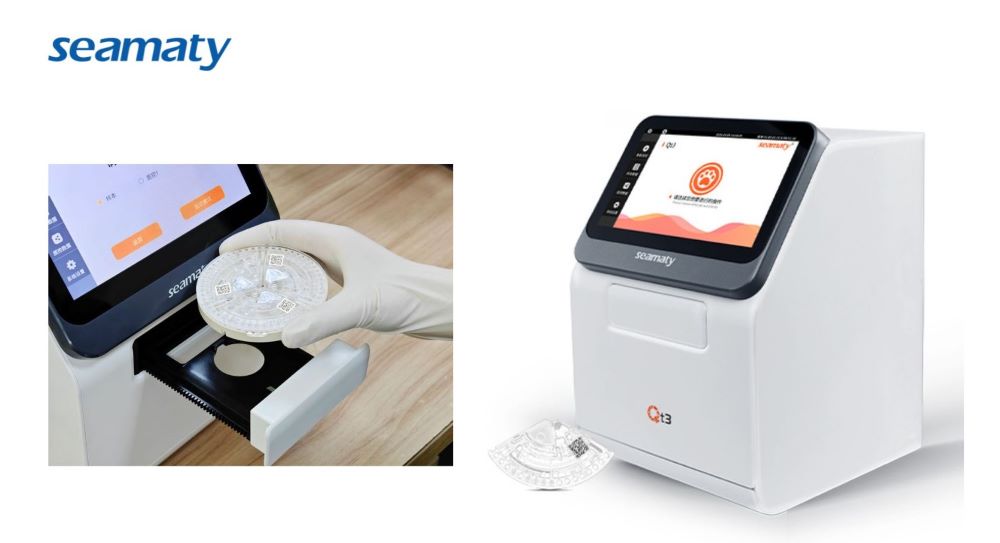
In veterinary medicine, blood chemistry analysis is crucial for diagnosing and monitoring various health conditions in animals. Traditional veterinary blood chemistry analyzers, however, come with limitations such as limited test options per run, large sample volume requirements, and complex operations that require trained personnel. Enter the Seamaty Qt3 veterinary blood chemistry analyzer—a game-changer in the field with its innovative dual-rotor system.
Traditional veterinary blood chemistry analyzers face several challenges:
The Seamaty Qt3 addresses these challenges with its innovative design and features:
The dual-rotor system of the Seamaty Qt3 offers several advantages:
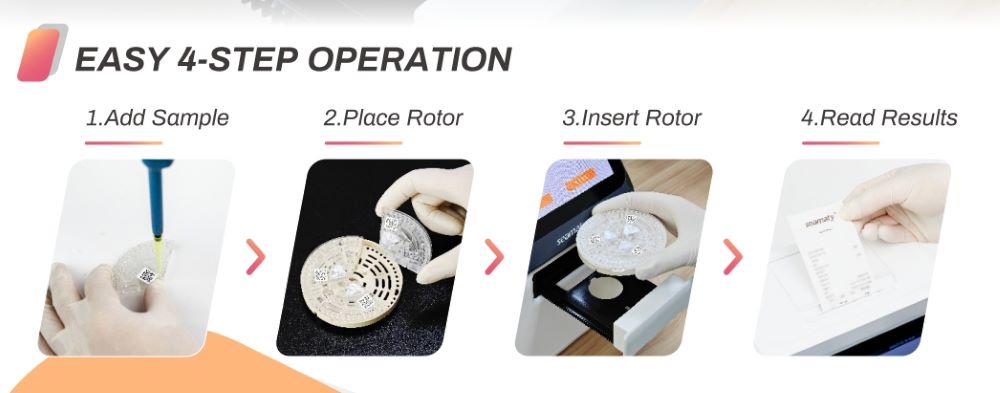
The Seamaty Qt3 is paving the way for the future of veterinary blood chemistry analysis:
Conclusion
The Seamaty Qt3 and its innovative dual-rotor system represent a significant advancement in veterinary blood chemistry analysis. By addressing the limitations of traditional analyzers, the Qt3 enhances diagnostic capabilities, improves patient care, and streamlines veterinary workflows. To learn more about the Seamaty Qt3 and how it can benefit your practice, contact Seamaty for more information.
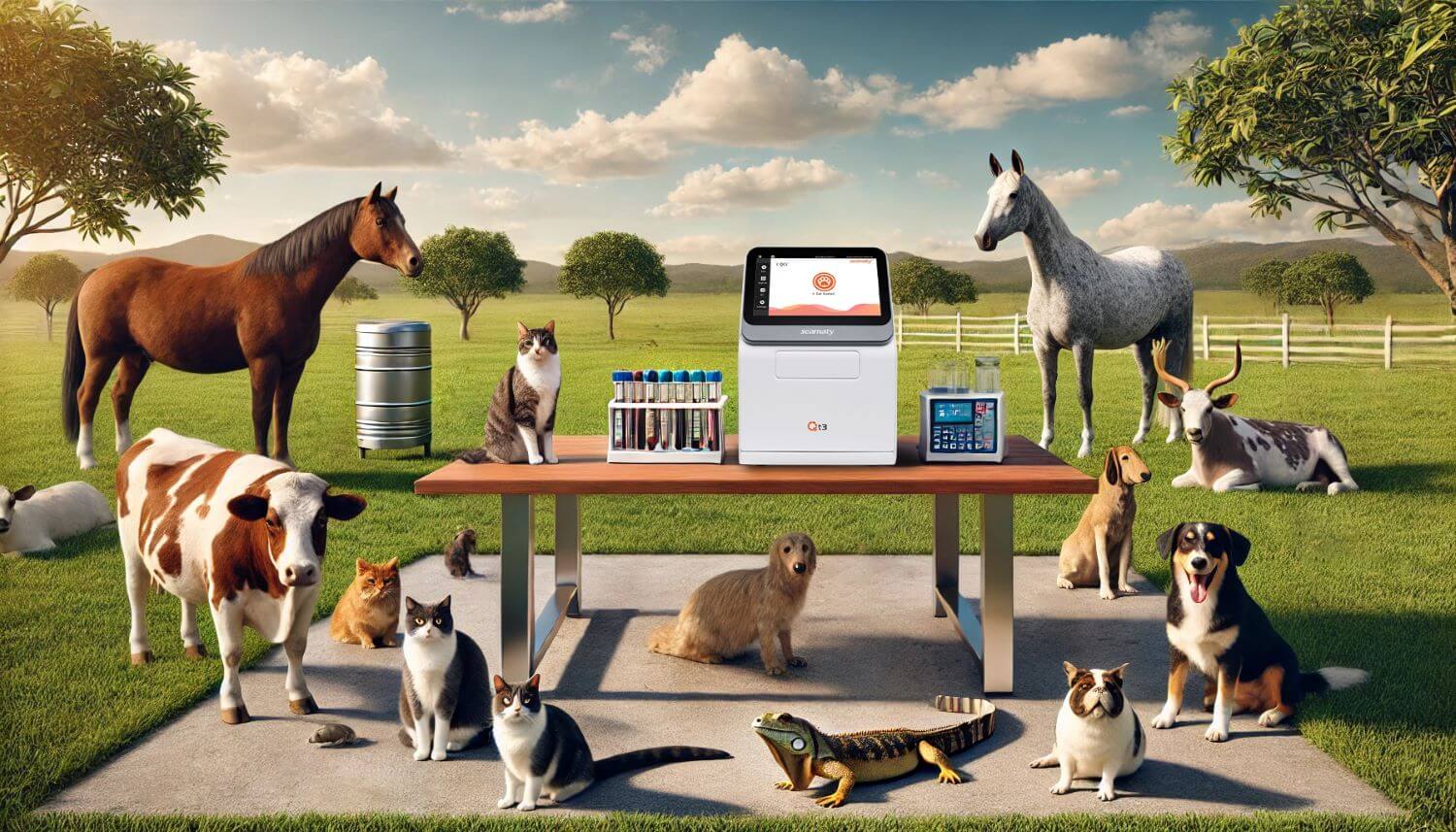
2024-12-23
Discover the top 5 reasons why the Seamaty Qt3 Veterinary Blood Chemistry Analyzer is the ultimate diagnostic solution for your practice. Learn how its minimal sample volume, comprehensive test options, rapid results, advanced accuracy, and low maintenance design can transform your veterinary diagnostics.
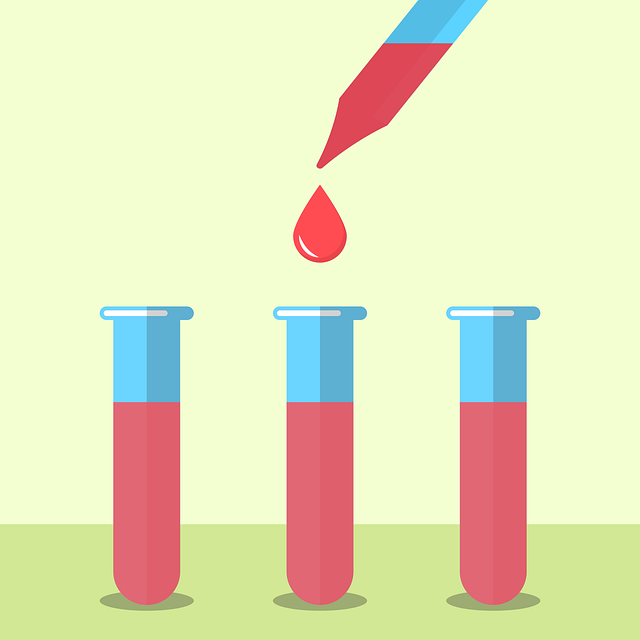
2022-04-29
The Clinical Laboratory is used for biochemical, immunological, microbiological and other tests. It is responsible for testing and assaying samples sent from various departments of the hospital.
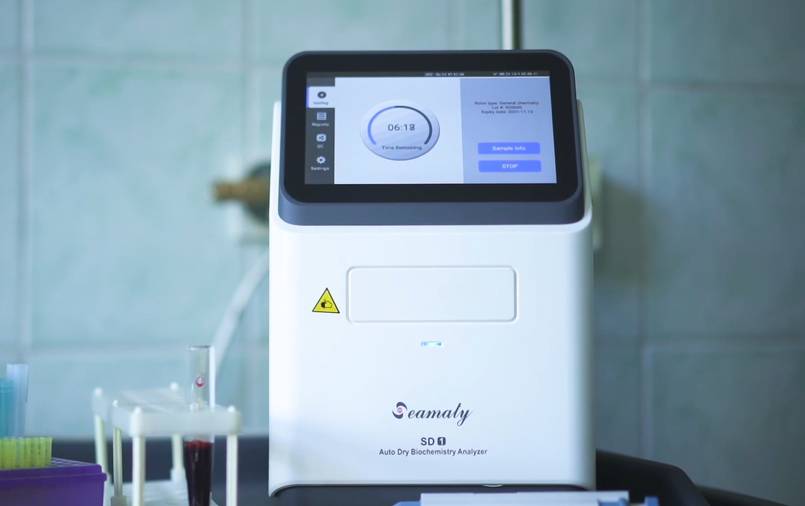
2022-01-14
The evaluation of IVD analytical performance should be carried out in accordance with the corresponding evaluation plan, and the instruments, reagents, calibrators, testing procedures, etc.